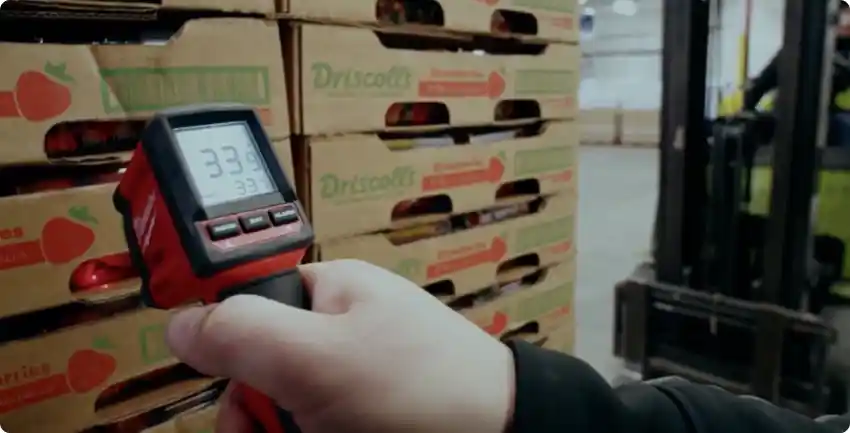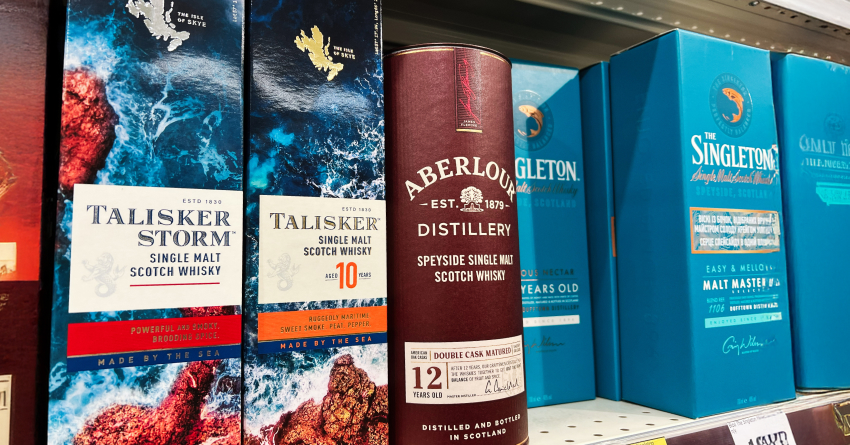Cold Chain History, Ice Houses and Temperature-Controlled Packaging.
January 06, 2025
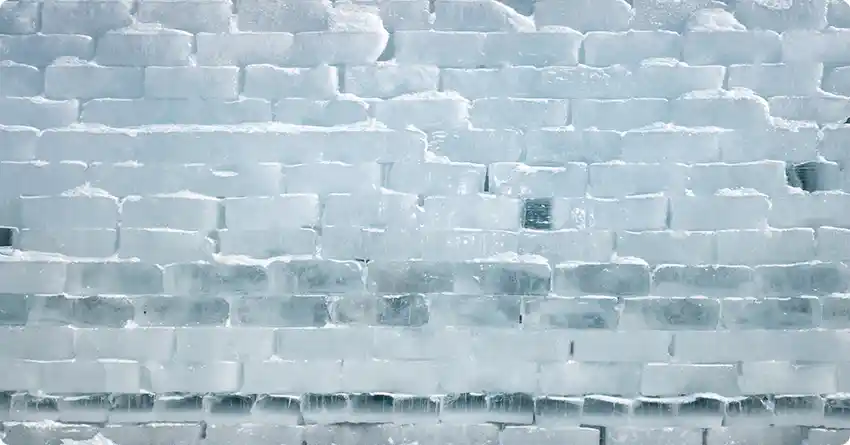
Cold chain packaging can’t be faked. You either get it right or you don’t. There’s no such thing as hiding your mistakes. But have you ever wondered how temperature-controlled packaging and transportation worked before the freezer? Was the world doomed to drink hot beverages all summer long? Not exactly. In fact, cold chain logistics has a longer history than you may realize.
The ice ages (aka cold chain history).
Archaeologists have found references to ice houses that date back thousands of years. These ancient ice houses were used to store blocks of ice that were gathered during winter. In fact, sometimes the ice was delivered from the high altitudes of surrounding mountain towns in the region. Ancient Rome even had snow shops where spectators could cool off before heading into the Coliseum to see gladiators in action.
How did ice houses work back in the day?
Ice houses worked based on a simple knowledge of insulation. These partially-buried buildings with thick walls would house several tons of ice that were covered with straw or sawdust to further insulate the blocks. Which meant a Pharaoh of Egypt could have watched the pyramids being built while enjoying a cup of water with ice brought in from cooler climates.
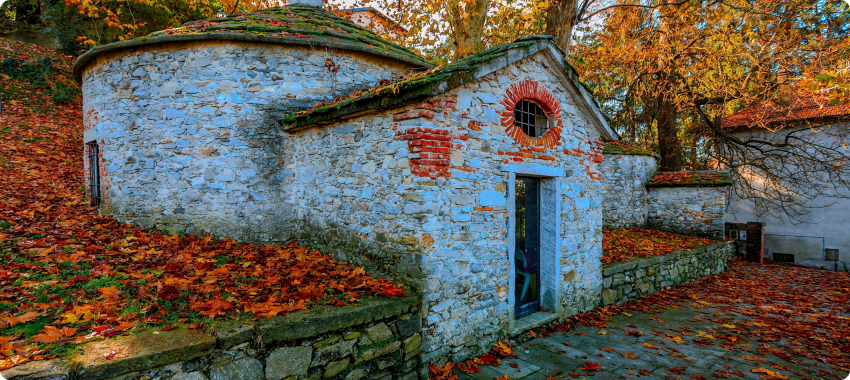
Cold Chain Packaging: Ernest’s TempEndure™
When the refrigerator, and later freezer, became common the ice house industry slowly melted away. But innovation on cold chain technologies kept growing.
Fast forward a few years and now you have options like our TempEndure™ consistent-temperature smart packaging system:
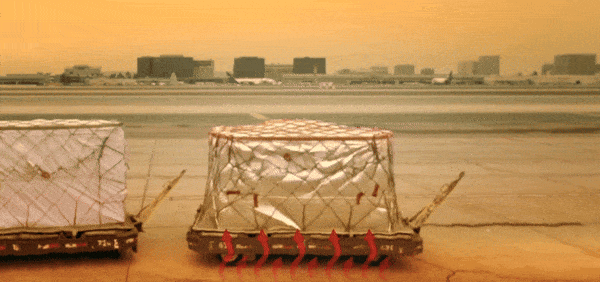
TempEndure™ consistent-temperature packaging system offers you the only fully integrated, sustainable approach for creating customized packaging with its own internal environment.
In other words, with TempEndure™TM you can have your ice cream cake and eat it too! Get in touch with Ernest Packaging Solutions today to learn more about our cold-chain solutions and have the coolest packaging on the block!
Packaging Design

